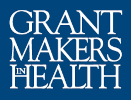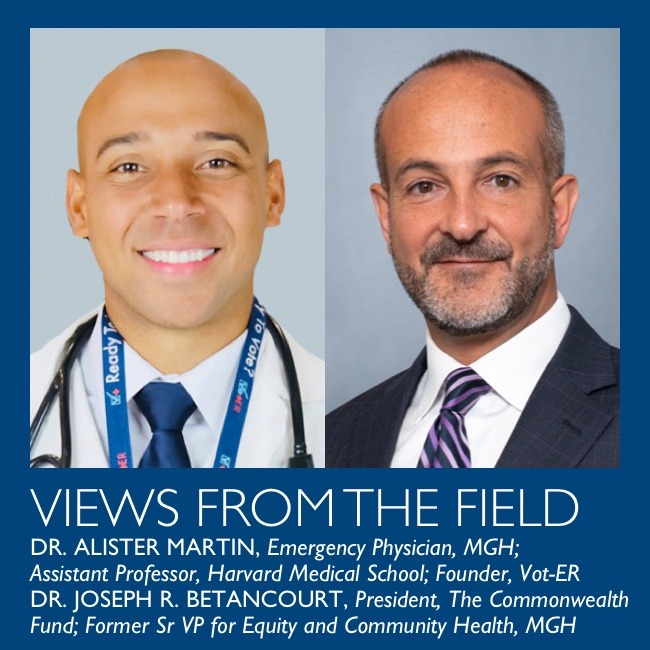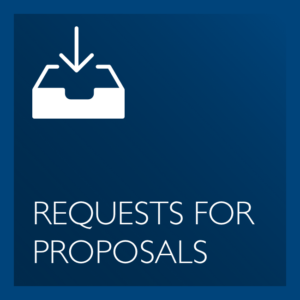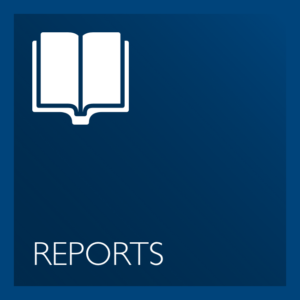The Final Reconciliation Package: Implementation of Key Provisions
On July 4, 2025, H.R. 1, the One Big Beautiful Bill Act, was signed into law. The implementation dates for key health care provisions in the law vary, with some taking effect immediately upon passage and others being implemented over several years. This resource details key dates for the implementation of the law’s most significant health care provisions.
Deadlines in Health-Related Executive Orders and Presidential Memoranda
This GIH policy resource details many of the health-related executive orders issued by the administration and includes a calendar of upcoming implementation deadlines.
Beyond the Exam Room: Impacting Health Outcomes Through Civic Engagement
August marks Civic Health Month, a time to showcase the link between voting and health and celebrate efforts that ensure every voter can support their community’s health at the ballot box. At the same time, the United States is grappling with a health care system ranked 37th globally despite consuming 17 percent of the country’s GDP. With 26 million Americans uninsured and 43 million underinsured, the gap in access to care continues to widen. This crisis will deepen as critical ACA subsidies expire at the end of 2025, potentially leaving 3.8 million more Americans without coverage, in addition to new federal cuts to Medicaid and changes to how coverage is accessed through the health insurance marketplace, which could result in as many as 20 million Americans losing their health insurance.
Impact Health: October 2021
Impact Health is officially opening the application process for participating Human Services Organizations (HSOs) that wish to be a part of the Pilot.
Con Alma Health Foundation: October 2021
on Alma Health Foundation is accepting applications for grants that support nonprofits in addressing the disproportionate impact Covid-19 has had on communities and the nonprofit sector in New Mexico.
Bristol Myers Squibb: October 2021
Bristol Myers Squibb announced a Request for Proposal for the “Development and Implementation of Innovative Interventions that Effectively Address Health Disparities in Access to Care for Medically Underserved Communities”.
New York State Health Foundation: October 2021
New York State Health Foundation recently released a new report: “Getting a Fair Shot: Progress and Disparities in Early Childhood Vaccination in New York State.”
The Blue Cross Blue Shield of Massachusetts Foundation: October 2021
The Blue Cross Blue Shield of Massachusetts Foundation recently released a new report, “Opening the Door to Behavioral Health Open Access in Massachusetts: A Look at the Experience and Opportunities to Support Implementation.”






